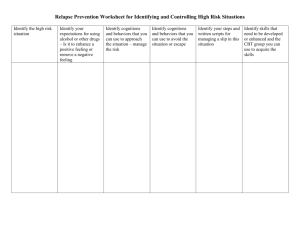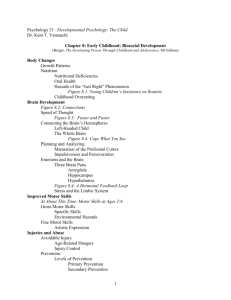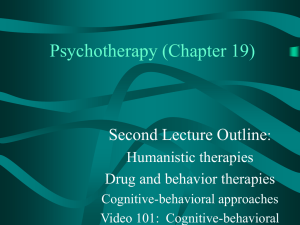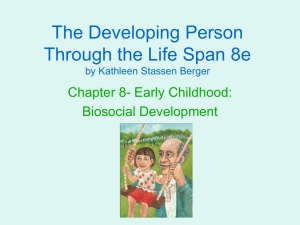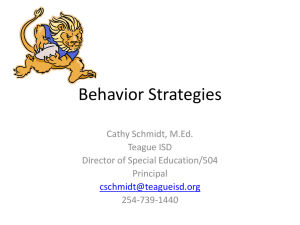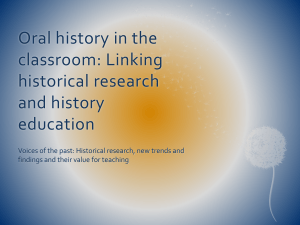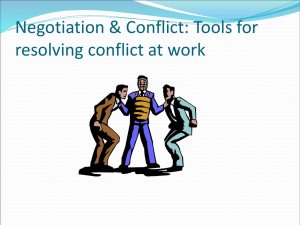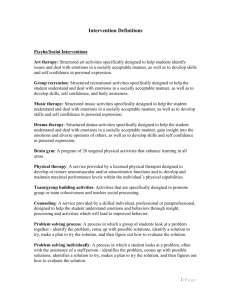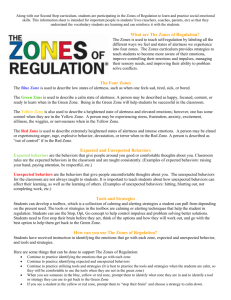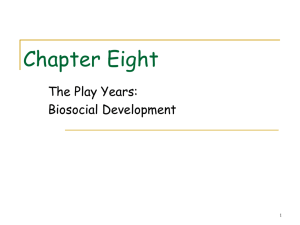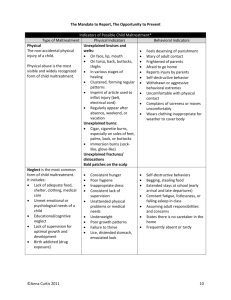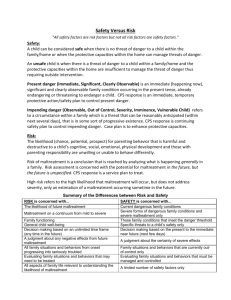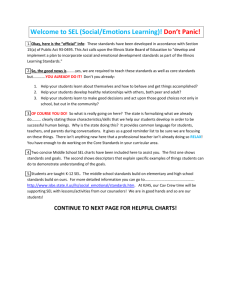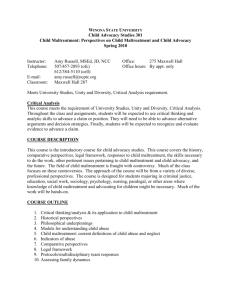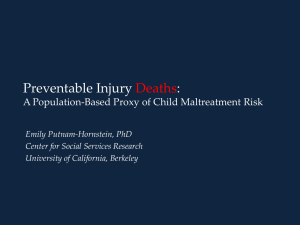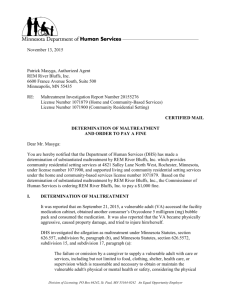Integrative Theoretical Framework
advertisement
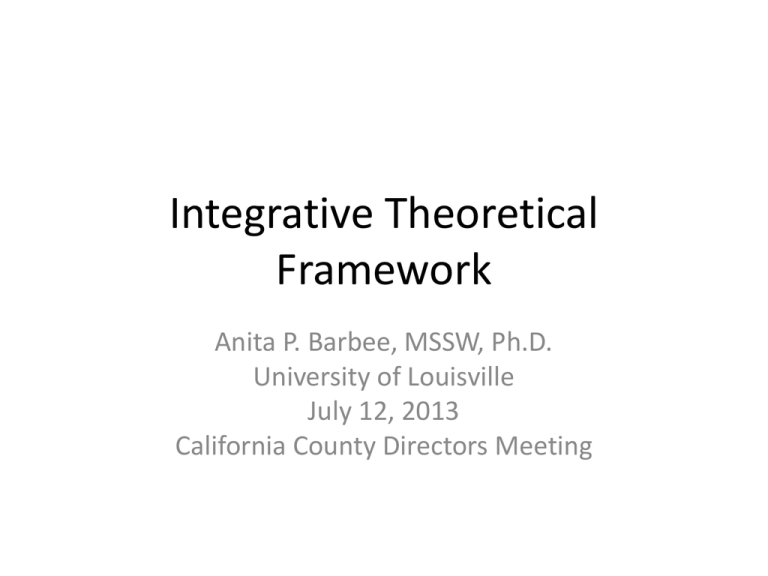
Integrative Theoretical Framework Anita P. Barbee, MSSW, Ph.D. University of Louisville July 12, 2013 California County Directors Meeting What is a Theory? • A theory or framework is an organized set of explanatory principles that are susceptible to hypothesis testing. • Good theory leads to research to test the theory or debunk the theory and an evidence base to support the theory. • Bad theory has either been disproven or is ideologically driven. • In Social Work and Child Welfare, we are trying to understand what leads to the problem of child maltreatment, the processes involved in child maltreatment that are predictable and how to practice in such a way as to prevent the problem or process from starting or intervene once the problem has arisen. • So there are 4 key pieces to an integrative theoretical framework in any field like child welfare. • Problem, Process, Practice and Prevention • What causes the problem, what process goes on in the person and situation to make the problem worse and how can we prevent or practice in such a way as to successfully intervene? Examples of Major Explanatory Theories • Good theory leads to research to test the theory and an evidence base to support the theory or debunk the theory. • There are thousands of studies to show that situational variables, cognitions or thoughts and emotions lead to behavior and that the way to decrease the behavior is to intervene at the cognitive/emotional and behavioral level. • In our case, situational stressors, certain cognitions and emotions lead to violence towards or neglect of children. • Psychodynamic Theory- there are unconscious processes that lead to behavior has largely been unproven- while cognitions and emotions can come on quickly and people may not be aware of them, if they slow down and reflect, they can begin to capture those thoughts and feelings that led them to engage in destructive behavior Alternate Theoretical Models • Judicial theory relies on the notion that people have an internal locus of control and that all aggressive behaviors or behaviors that break the law are intentional. Thus, people need to be held accountable for their behavior. The best way to prevent bad behaviors is the fear of punishment and the best way to treat these “criminals” is to punish them for intentionally defying the law or hurting others. Medical/Psychiatric Model • The Medical Model says that people act in a bizarre way because of bad genetics, nutrition, environmental toxins or exposure to other chemicals (like alcohol and illegal drugs). Thus the way to treat people is to give them medications that change the chemistry and lead to better behaviors. Spiritual Model • Like 12 Steps- While the group claims that substance abuse is due to an addiction that is biologically based, in actuality the real belief is that people need God or a Higher Power to be accountable to and to help them- along with a strong community of social support that has the same belief system- to overcome the addiction. The Role of Mini-Theories • Mini-theories can expound upon the problem, process, practice or prevention and can be useful • So one factor that that we have to take into consideration when understanding what leads to child maltreatment is the role of past traumatic events and current PTSD on a parent’s ability to think and feel which makes them more vulnerable to hypervigilence and aggression or that makes them numb and unable to care for their children periodically (neglect) Attachment Theory • Attachment theory helps us understand why children are distressed when separated from parents, even those that maltreat them and can help guide us in developing better practices to prevent removal, make removal less painful, ensure that the bond with parents is maintained while the parent is working on their issues, etc. Theory of Change • A theory of change defines all building blocks required to bring about a given long-term goal. • How will we reach our goals? What steps lead to certain short-term and long-term outcomes • We usually depict our theory of change using logic models
